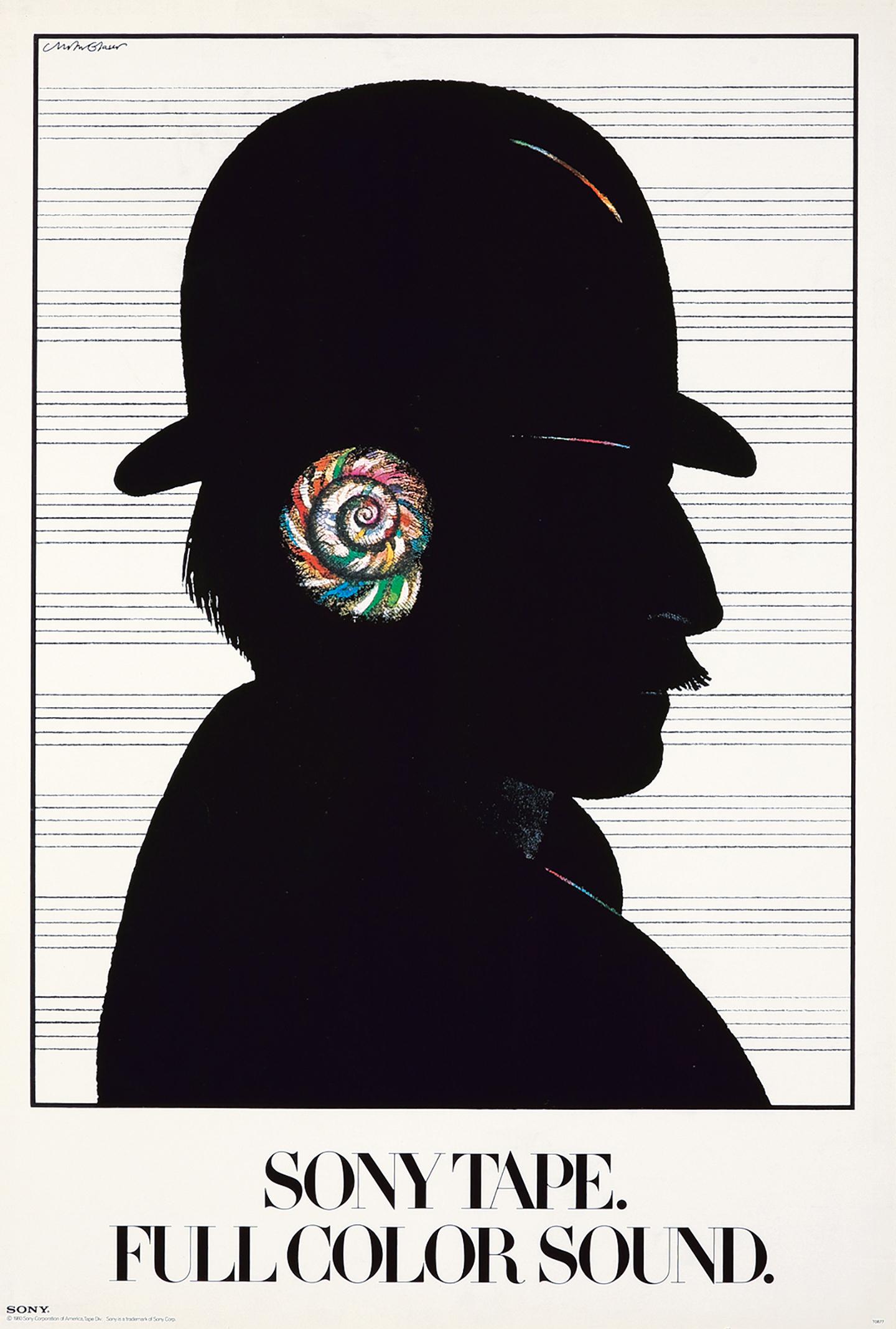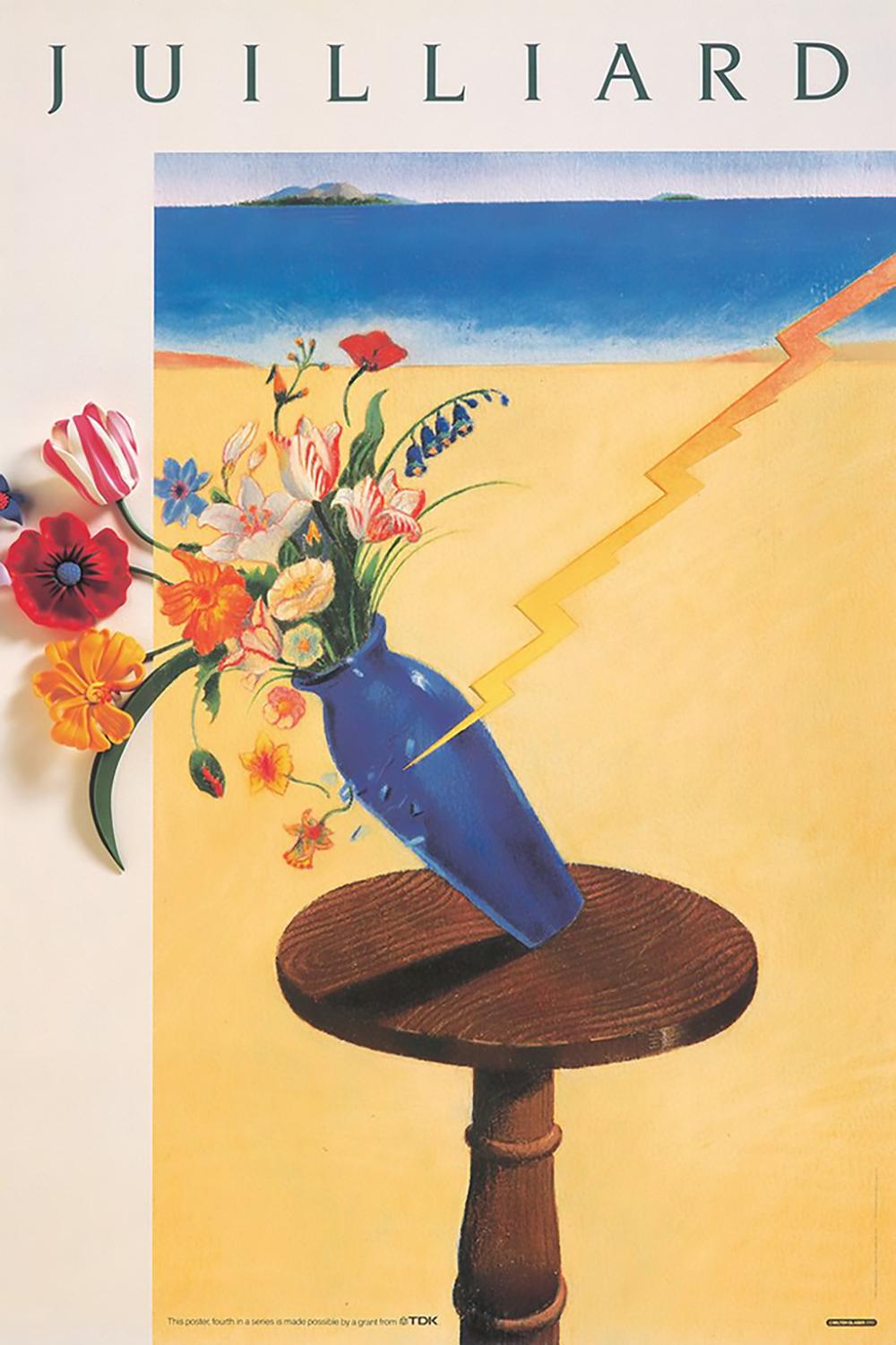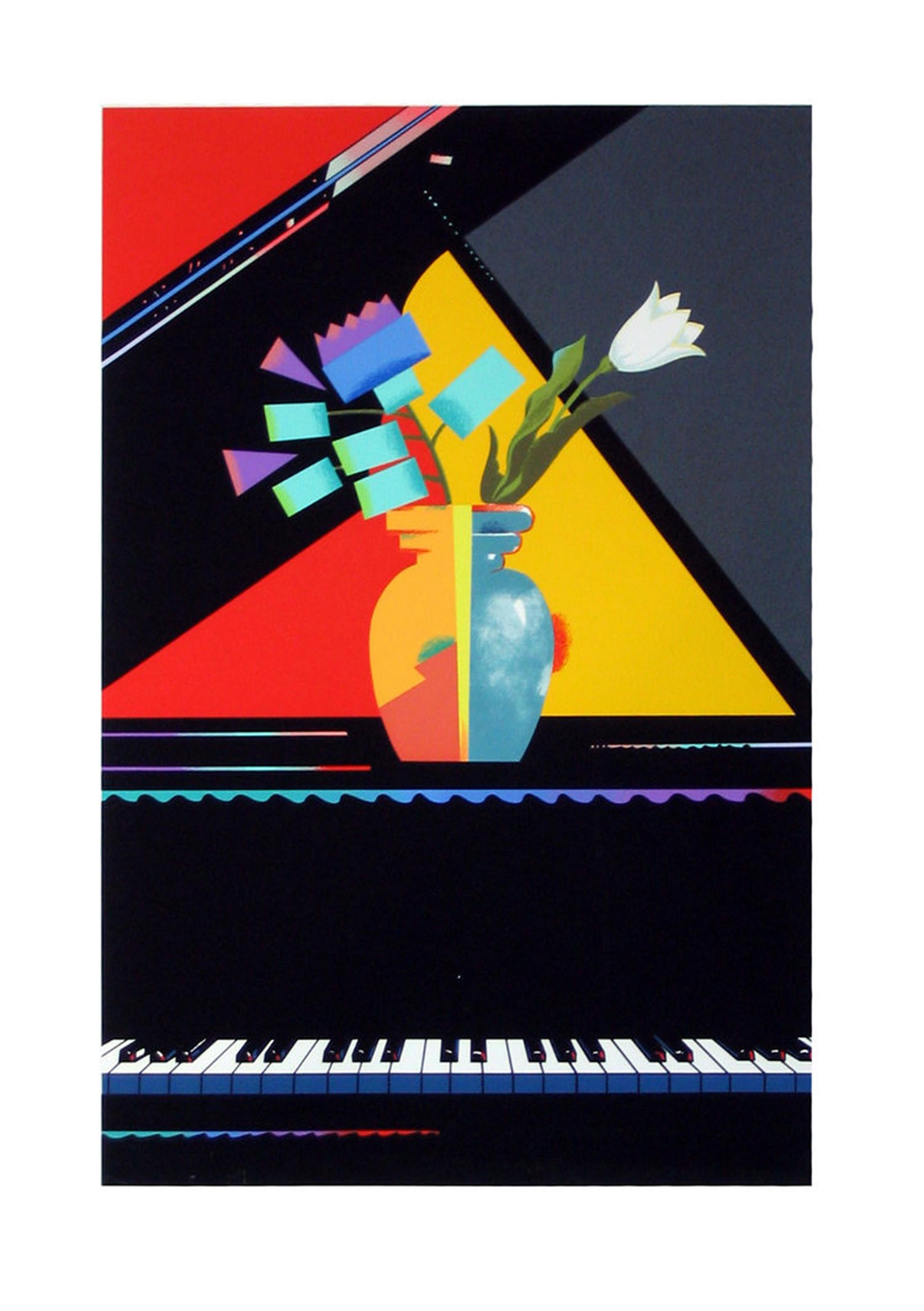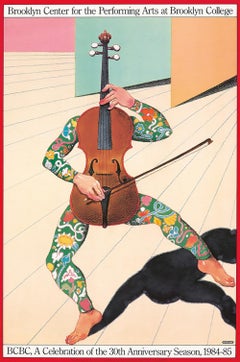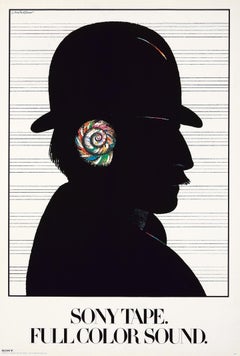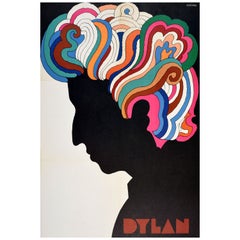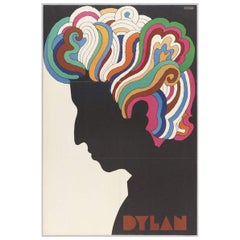Milton GlaserMilton Glaser San Diego Jazz Festival 1983 (Milton Glaser posters)1983
1983
About the Item
- Creator:Milton Glaser (1929 - 2020, American)
- Creation Year:1983
- Dimensions:Height: 36 in (91.44 cm)Width: 24 in (60.96 cm)
- Medium:
- Movement & Style:
- Period:
- Condition:
- Gallery Location:NEW YORK, NY
- Reference Number:1stDibs: LU354311627622
Milton Glaser
Milton Glaser may be best known for a 1977 doodle that became his hometown’s unofficial slogan: I ♥️ NY. But the Bronx-born graphic designer had many other successes during his nearly 70-year career, including iconic posters and prints and cofounding the groundbreaking design firm Push Pin Studios.
In the 1950s, American graphics tended toward a Swiss-influenced precision. Glaser, however, pulled from the whole of art history for his designs, inspired by his studies with the painter Giorgio Morandi while on a Fulbright scholarship in 1952. His famous Bob Dylan poster, a landmark of the psychedelic age, was inspired by a Marcel Duchamp self-portrait and the jewel-like colors of Islamic art.
A cofounder of New York magazine, Glaser went on to design for scores of other publications, and in 2009 he was awarded the National Medal of Arts.
In an instance of life imitating art, Glaser was asked to create the promotional posters for the final season of Mad Men, which aired in 2014 and 2015. “I could have walked in the door of that firm,” the designer told the New York Times of the fictional Sterling Cooper & Partners. “I knew those people.”
“There are three responses to a piece of design — yes, no and wow!” he said. “Wow is the one to aim for.” Glaser rarely, if ever, missed the mark. He died of a stroke in 2020.
Find a collection of authentic Milton Glaser art on 1stDibs.
- ShippingRetrieving quote...Shipping from: New York, NY
- Return Policy
More From This Seller
View All1960s Pop Art Figurative Prints
Lithograph, Offset
1980s Pop Art Figurative Prints
Lithograph, Offset
1980s Contemporary Figurative Prints
Lithograph, Offset
1960s Pop Art Figurative Prints
Lithograph, Offset
1980s Pop Art Figurative Prints
Lithograph, Offset
1960s Pop Art Figurative Prints
Lithograph
You May Also Like
1980s Impressionist Abstract Prints
Screen
Vintage 1960s American Posters
Paper
1960s Prints and Multiples
Lithograph
Vintage 1960s Posters
Paper
1970s Prints and Multiples
Paper, Lithograph
1980s Prints and Multiples
Paper, Lithograph
Read More
Exploring Our Current Obsession with Sixties Style
A new exhibition in Philadelphia stars a complex decade that continues to inspire.
WE ♥ MILTON
The career of legendary graphic designer Milton Glaser has been varied and vast, from co-founding New York magazine and devising the iconic I ♥ NY logo in the 1960s and '70s up through creating the Brooklyn Brewery logo and Mad Men posters. And today, at age 86, he's still producing thoughtful, impactful and singular work.



